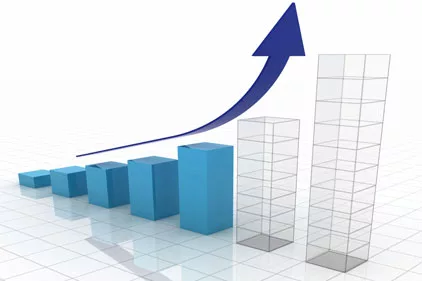Adhesive Prices Expected to Rise

Adhesive prices are anticipated to rise moderately on the back of rebounding activity in downstream markets and robust growth in external demand drivers, which slightly restricts buyer power, according to a new report from IBISWorld. Adhesives have a buyer power score of 3.3 out of 5, which indicates moderate purchasing power in the market.
“Over the three years to 2014, product prices are anticipated to rise moderately on the back of rebounding activity in downstream markets and robust growth in external demand drivers, slightly restricting buyer power,” said Agiimaa Kruchkin, procurement analyst.
Factors like market share concentration, price driver volatility and supply chain risk are moderate and, hence, on the fence, so their impact on the purchasing environment is negligible. At the same time, low switching costs and low product specialization have provided relief to buyers. Also, the moderate availability of substitutes favors buyers, having supported negotiation power in the three years to 2014.
Starting in 2010, downstream construction, manufacturing and automotive sectors have rebounded strongly on the back of reviving economic activity, fueling demand for a variety of adhesive products. Suppliers have benefited from the recovery in the downstream markets, which encouraged them to raise their prices. Furthermore, external demand drivers provide a proxy for the activity in the downstream markets.
“For instance, the growing value of construction is representative of the use of adhesives in commercial and industrial building projects,” Kruchkin said.
Similarly, new car sales measure the performance in the downstream automotive market, whereas manufacturing capacity utilization represents the activity in the domestic manufacturing sector. As all of these drivers expand, demand for adhesives grows, in turn supporting product price growth.
Purchasing conditions are also largely shaped by input costs. Manufacturers of adhesives require a variety of raw materials, such as petrochemicals. During the three years to 2014, the price of chemicals and allied products is anticipated to grow, lifting purchasing costs for suppliers. Consequently, many vendors in the market have passed down cost increases to buyers in the form of higher prices, limiting buyer power to an extent.
For more information, visit www.ibisworld.com.
Looking for a reprint of this article?
From high-res PDFs to custom plaques, order your copy today!








